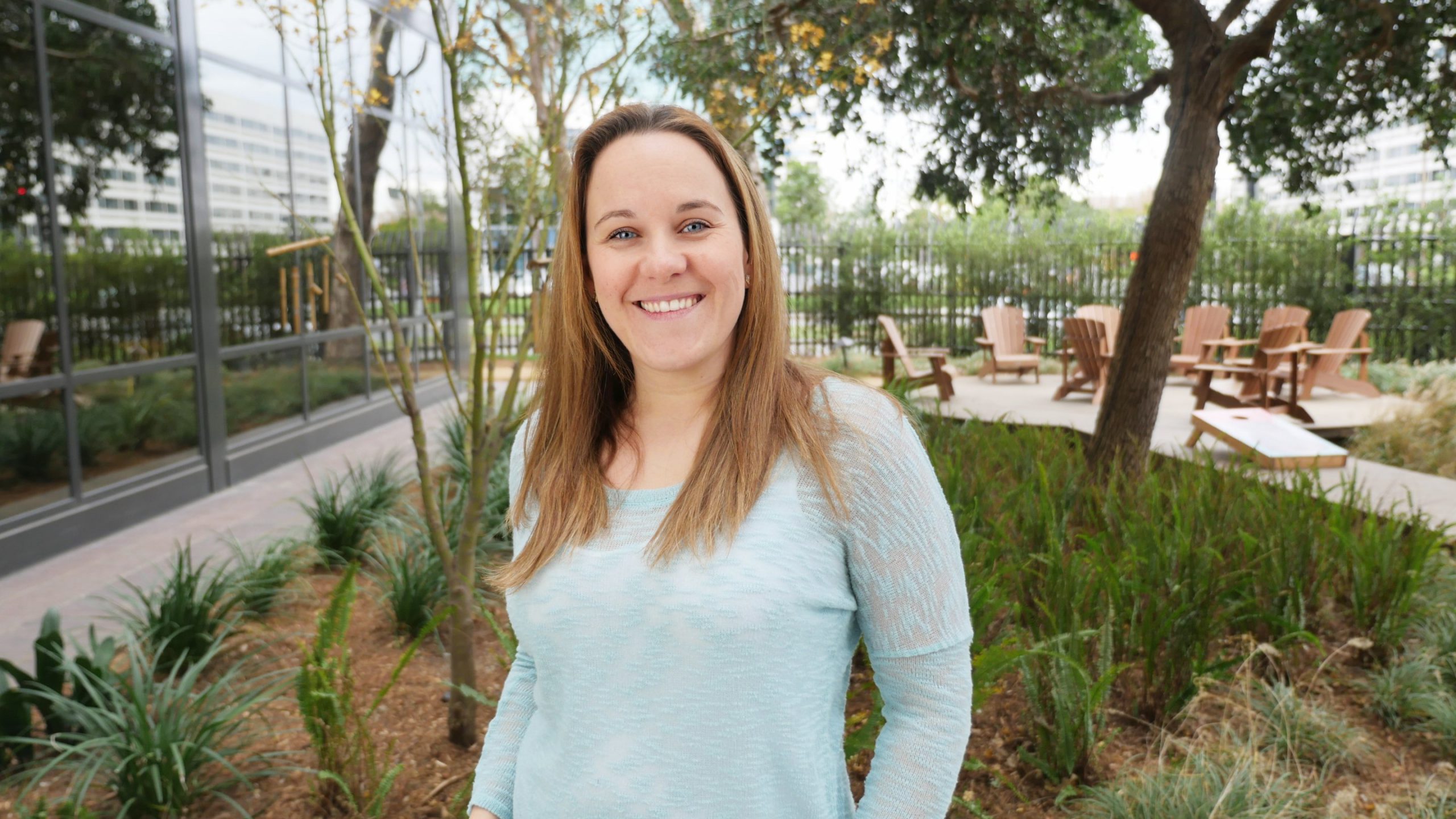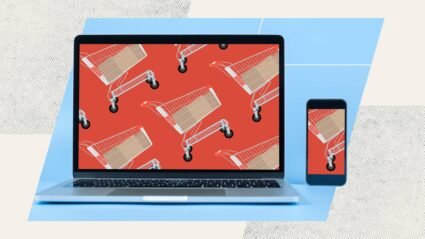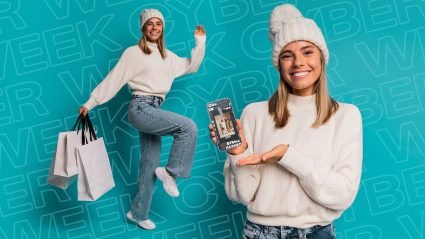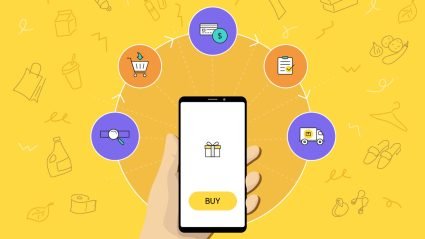We’ve made it halfway through the year, and marketers in the retail and ecommerce space have been tackling the unenviable tasks of planning for H2 and devising a holiday strategy for a year that is anything but typical.
DOWNLOAD NOW
In a normal year, we always aim for a proactive approach—we want to be quick to seize new opportunities and outsmart the competition, not just outspend them. So the first half of H2 is traditionally focused on testing new campaigns and getting as much data as possible to inform efficiencies and expansion plans. September and October are focused on audience building, priming consumers for the holiday period. November and December represent the intense push to capture as much demand and revenue as possible and achieve the client’s annual goals.
But we need to think differently to be practical in the ever-changing landscape of 2020, and that actually means being reactive. What it doesn’t mean is just sitting back and waiting for something to happen. It means preparing for a variety of eventualities so we can quickly pivot our focus and react as quickly and appropriately as possible when any given situation arises.
Let’s explore some key elements you might want to consider as you develop your strategy for H2 and holiday.
Consider Investment Timing & Fluidity
In previous years, much of the ecommerce and retail investment in digital media was concentrated in November and December, targeting Black Friday/Cyber Monday bargain hunters and gift buyers in the holidays. Revenue goals for those months were also much higher than normal, with some brands reserving 70-80% of total annual investment for this peak period – a make or break time for annual revenue goals.
Current circumstances mean that we cannot bank on the tried and tested approach working this year. As we saw in peak lockdown, ecommerce conversion rates have been surpassing even Black Friday/Cyber Monday levels for some brands and remain much higher than usual for many during this reopening period. It’s also important to note that there is also a significant risk of a second wave (or resurgent first wave) hitting later this year that could majorly disrupt already weakened supply chains and customers’ ability to afford the typical holiday shopping splurge.
Typically it was considered a gamble to invest too much outside of the Q4 push, but this year the true gamble is waiting to spend and over-allocating to a single period that may see severe disruption and not pay off to the extent of previous years.
Ecommerce teams should be arguing for investment fluidity: aiming to have the media dollars there when you need them to capitalize on strong conversion rates and profit opportunities as they arise, versus sticking rigidly to a pre-agreed investment plan.
ACTION ITEM: Discuss with your CFO now (or whoever holds the purse strings) on the need for investment fluidity, and set ROAS or profitability parameters for auto-approval for maximum agility aligned with performance.
ACTION ITEM: Devise and circulate benchmarks for comparison now, to avoid potential issues if leadership looks only at year-over-year metrics. In the absence of a revised forecast or plan, people will revert to what they know, and that is unlikely to be in our best interests this year.
Adopt a Fluid Omnichannel Approach
With some stores reopening, with limited capacity and curbside pick up options, and others deemed essential and staying open throughout the disruption, look carefully at the trends you’re seeing for in-store and retail sales and behavior. The ideal is to be as fluid as possible between those options, allowing you to pivot quickly with the changing situation.
The initial lockdown was a significant event in accelerating an ecommerce or omnichannel track, so make sure to review the learning from the past four months now, and understand the potential fluctuations between the two that might come into play later in the year.
For example, here are some questions to consider:
- How can we improve the curbside or BOPUS/BOPIS options we’ve put into place?
- Is my website equipped to handle the strain of an exacerbated ecommerce demand in a second wave? E.g., server capacity, speed metrics
- What further options can we explore to direct efforts and inventory to the most appropriate channel if circumstances change?
- If the stores need to close again, how can I redeploy my employees to support different revenue streams? Is there training we should be conducting now that we can roll out to prepare for that?
ACTION ITEM: Ask yourselves the questions above and explore the possibility of a combined “holistic commerce” strategy and investment pool that can be adjusted based on the performance of agreed KPIs between an in-store, ecommerce or hybrid focus.
- KPIs should be measurable in real-time and as objective as possible, e.g., revenue and conversion rates for ecommerce, store visits (adjusted for data lag), and ideally in-store revenue for the physical locations.
Reconsider Opportunities
Back to school
There are three broad eventualities for school in general:
- Schools go back as normal. If this happens, Back to School is likely to be huge this year. For many institutions, it will have been up to six months since students were last on campus. Parents will also be keen to use new supplies and clothes to set the school return as an exciting time for kids, to help get them enthusiastic for the new academic year and alleviate any lingering concerns they have or greater separation anxiety (for smaller children) having been with their parents for so long over the extended break. Back to school can represent a return to normal for many families, meaning many services that have been delayed (dentist appointments, optometrist checks, haircuts) are likely to see a distinct spike as these businesses reopen and lead up to the new school year. Any business that is relevant to back to school should plan carefully for this eventuality, as it could represent a major event in 2020.
- School has to stay closed. If we experience a second wave, or renewed lockdown conditions, Back to School is going to look very different. Parents may be focused on setting up the home environment for longer-term schooling, and they are also likely to be concerned about their child’s progress, plus the stresses of balancing schooling and their work. Although the demand may still be high, the angle of approach should probably be more geared towards the parents and their challenges and concerns, versus the earlier focus on the “new start” and enthusiasm of the children in option 1, i.e. asking what products or services the parents are going to be most focused on in this scenario and what might make their lives easier or assuage their concerns.
- Schools open, but attendance is staggered. This is the wildcard scenario that is a hybrid of the two options above, meaning school attendance and home school learning. In this instance, we would recommend a dual-focused approach, speaking to both the restart enthusiasm and home-school preparedness. Consider bundles to drive convenience for either families with more than one child, or to have two sets of any equipment allowing these families to keep home and school separate for cleanliness purposes.
ACTION ITEM: Keep a close eye on state-by-state plans for schools and prepare campaigns accordingly. Review your products and services to understand how they aligned with each given scenario, and plan campaigns accordingly.
Prime Day
Although the actual date hasn’t been confirmed, it looks like Amazon will launch Prime Day in September versus the traditional July spot. Over the past few years, many brands have mirrored the Amazon approach and launched campaigns such as “Black Friday in July” or something similar, to capture the promo-focused demand that Prime Day has generated. Although many brands are still running their July campaigns, it is worth considering a further discount period to coincide with the September date. Keep an eye on profitability metrics when planning here. Although conversion rate is high, the lower AOV through discounts and high CPMs can eat into your margin.
ACTION ITEM: Look at your current promotion plans and determine if a Prime Day adjacent campaign can work with your schedule.
Evaluate Other Key Factors For Potential Pivots
Sensitivity Lens
It is essential that every potential campaign undergo a rigorous evaluation for cultural sensitivity to represent your brand well and make sure you are not alienating people. There have been many spectacular failures in this regard, and other instances that seem more misjudged or uninformed, where diversity and inclusion have not been considered. It’s vital to look at this with fresh eyes and put yourselves in the shoes of another. How is my brand making people feel about us?
Two key questions to ask:
- What does this ad (creative, message, or product/service) say about who this is for, or, more importantly, who is it not for? Is that representation fair and accurate in our beautifully diverse world?
- Are there implicit judgment signals in my ad? E.g., ascribing good or bad characteristics based on language, colors, or any aspects associated with a particular race, ethnicity, gender, or other marginalized groups.
Most relevant for 2020 planning is an understanding of the sentiment of critical moments in time, e.g., Juneteenth for the Black Lives Matter movement, and the ability to judge the appropriateness of running ads on the days that coincide with specific events.
ACTION ITEM: Get insights on your messaging and creative from a Diversity Inclusion Panel – if you have one – or, if you don’t, actively seek a variety of inputs from outside your bubble.
ACTION ITEM: Acknowledge that you may not get it perfect during this time. Be open and ready for feedback.
ACTION ITEM: Recognize that brands typically receive lots of feedback and comments on ads during a time of social unrest. Be prepared with appropriate resources to address adequately (beyond just your social media manager).
The Election
With the election approaching and significant changes occurring in social media platforms regarding accuracy and bias, advertisers are navigating a potential minefield.
Top tips include:
- Avoid taking a divisive political stance where possible. This should be differentiated from the social issues discussed above that are frequently politicized. Whatever side of the political spectrum your company (or you personally) lean towards, inclusion means everybody, not just everybody that you agree with.
- Keep an eye on CPM and CPV metrics as political spending ramps up towards November. Very few companies are going to win in a battle of bidding against political advertisers. That only serves to make the platform itself more money. Strategize to outsmart, don’t attempt to outspend.
Promotions
In the initial pandemic lockdown, across many clients, we saw that promotions were key to successfully capitalizing on higher ecommerce demand. That isn’t unusual for any year, but in light of the recent job losses and the current recession, promotions are, simply put, more critical than ever.
Consider staggering promotions to generate a greater sense of urgency at any given time, and spreading them out a little, versus just focusing on the traditionally hot promotion periods. This will be especially effective if new lockdown restrictions slow down shipping times even more. As we approach September, starting your holiday shopping early might be one of the key themes to double down on, in order to mitigate against the potential end-of-year disruption.
Inventory Focus
Finally, and perhaps most importantly, keep a very close eye on your inventory levels and supply chain. None of the above matters if you don’t have sufficient product readily available, so understand what you’re likely to have most of and what challenges could disrupt plans for H2.
Evaluate your product or service line according to three key factors: most predictable (in terms of supply), most profitable, and most relevant (to the period, e.g., gift-giving or back to school). Structure your strategy around those factors and set priorities so you can pivot to cover off on unforeseen challenges that disrupt your preferred focus.
Be sure to communicate the plan widely and set up rigorous communication channels to ensure that any deviations are circulated as soon as possible.
This year has been a rollercoaster already, and the general sentiment is that it isn’t done yet. While that can feel intimidating, preparation is key to wrestling some semblance of control amid uncertainty. Start having conversations now, and get buy-in for a planned, reactive strategy with contingencies for the pivots that look most likely. Leverage partners like Wpromote and platform support teams in formulating this plan and understanding the trends they expect and the data they have that underpin those predictions.
Although unpredictable, the best part of digital marketing is that it is continuously evolving, and there’s always something new to dive into. At Wpromote, we’re energized for the possibilities and the opportunity to think outside the box. This year represents the most unexpected opportunity to do so, and we’re eager to see how it all plays out.







Responses